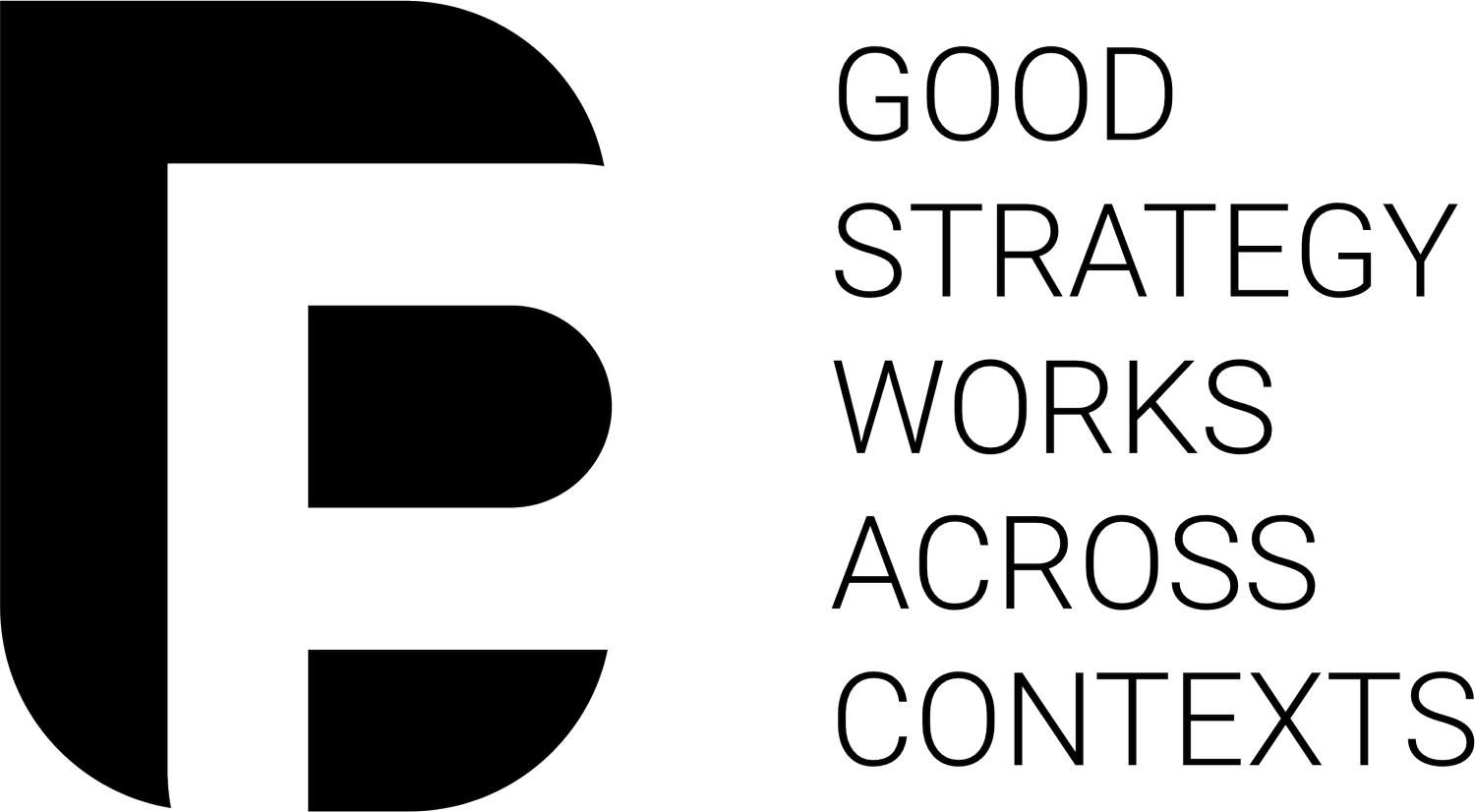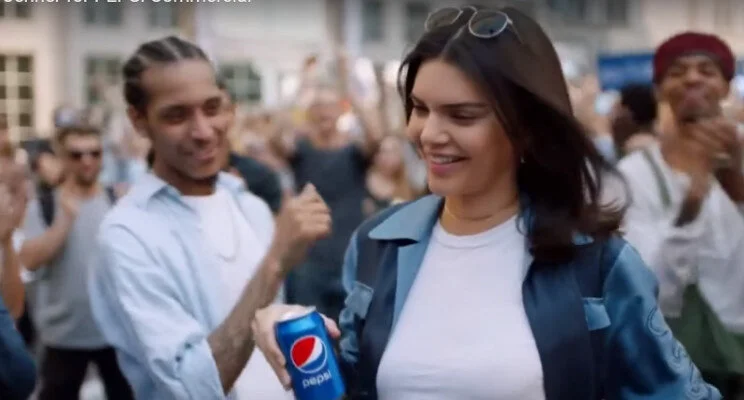Is social media making marketers and storytellers tone-deaf?
Photo credit: Kendall and Kylie channel on YouTube
A lot has happened since Pepsi released its Kendall Jenner ad. Twitter has ripped it apart. Marketing gurus have responded with their PoVs, mostly about how tone-deaf it is. Many of us in the Marketing, PR and brand-building world have wrung our collective heart on ‘how could you, Pepsi!’ Pepsi has tried to explain their idea - ‘harmony’ apparently. They also pulled the ad off air, sealing its fate.
The tone-deaf Pepsi ad is almost old news. So why bring it up? Because I think that while a lot of ripping happened on how tone-deaf the ad was - not much was discussed about how it could come into existence. How is it that some of the better marketers who worked on it never shot it down before release?
In the analysis of likely reasons, there’s an important lesson for all of us in brand-building.
From the time an ad for a global brand is conceived to when we see it, it’s a lot of work - a lot of thinking, a lot of checking, and a lot of testing - involving people who are great at marketing. Yes, an ad can still fall flat because it did not identify its audience right; or had an undifferentiated or non-relevant message. But it's rare to get an ad from one of the world's most well-known brands that angers everybody. One that wears a ‘tone-deaf’ cap and prances about saying ‘a Pepsi for your thoughts’.
If a marketing team that usually has its A-game on can fall prey to this ‘tone-deafness’ - is this a kind of virus we may all be vulnerable to. Is it at least worth watching out for?
Consider the whole ad, and not only that it appropriates and trivializes ‘#BlackLivesMatter’, you will find that the entire story lacks depth. A cellist decides to leave his loneliness and jostle with crowds. In reality, the cello is a cult of the lonely. Cellists often pick lonely, high spots - to play by themselves. Then there’s the hijab-clad photographer who apparently has a screaming need to get out. Yet her studio is covered in photos, taken outside. So why would she need to ‘throw off her reins’ when she didn’t have any, to start with. Then of course, there’s Kendall Jenner, the model who walks out of her wig and into the real world. Yes, they want us to believe that a model deciding to discard her blond wig is the ultimate promise of freedom.
The entire ad is based on superficial symbols of connection, freedom and identity.
Now let’s abstract the real story line of the ad. A set of creative people, bored with what they usually do, decide to participate in ‘a movement’. A movement, that is most likely not theirs to start with. They just decided to plug in. No wonder they treat the movement flippantly. Jenner offers a Pepsi to the officer and all’s well with the world. We are not supposed to be curious about the protesters, their cause or why these people relate to them. The movement is a necessary but forgettable background. We are only supposed to follow these creative geniuses and their stories.
What does that most closely resemble? The way celebrities and regular people latch onto a hashtag of a movement to make an impact on their fans and followers. The movement has no greater meaning in their lives than the social media hype it generates.
We see this happen on social media - time and again. Serious matters, boiled down to simplistic and error-ridden versions of what passes as the ‘truth’. The social media - with its provocateurs, celebrities, citizen reporters, slacktivists, Twitter-fueled experts - offers an opinion on everything, an engagement with anything, and a connection to everyone.
That brings me to the scariest part of the denouement. The reality I just described - all of us live in it. As marketers and story-tellers, we may believe that since we are experts at separating medium and message - we know social for what it is. That it doesn’t impact our decision-making. That’s far from the truth.
Social media affords us a quick knowledge of an issue, an easy outrage, and a comfortable protest - often far away from the actual experiences. In time, we start seeing real protests and marches as extensions of our social media lives. Of yet another activity to populate our timelines with. In time, this breeds in us an unintended apathy to issues.
If we are concerned about the refugees and the shoot-outs; the falling currency and Korean politics; Iceland’s volcanoes and Mongolian sheep farmers - honestly, what do we really care about? Often these issues are far away from the reality of our lives. It is tempting to show our intellectual prowess and provide solutions to problems that we are not really grappling with. It's not ‘real’ but it consumes a lot of our time, a lot of space in our minds. It takes over our sense of reality. And yes, that is exactly how it makes us tone-deaf.
If an ad seems to reflect our lives, we believe it will be accepted as ‘real’. However, to be a responsible storyteller and guardian of the brand - the question to ask ourselves is - does this story reflect life or only life on social media?


